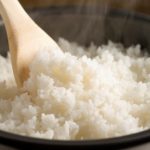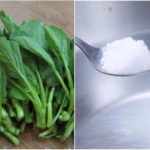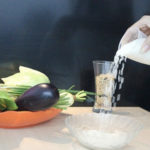The Art of Boiling Vegetables: A Guide to Perfectly Cooked and Delicious Veggies
Just like cooking rice and boiling eggs, boiling vegetables is a basic skill in the kitchen. However, not everyone knows the tricks to boiling a perfect plate of veggies that are crisp, tasty, and stay fresh for longer. So, here are some tips and tricks to up your vegetable boiling game!
– Use ice-cold water: A great kitchen tip to keep your boiled vegetables looking fresh and vibrant for hours is to soak them in a bowl of cold water with a few ice cubes. Once they’re completely cooled, remove them from the water, let them air dry, and then serve.
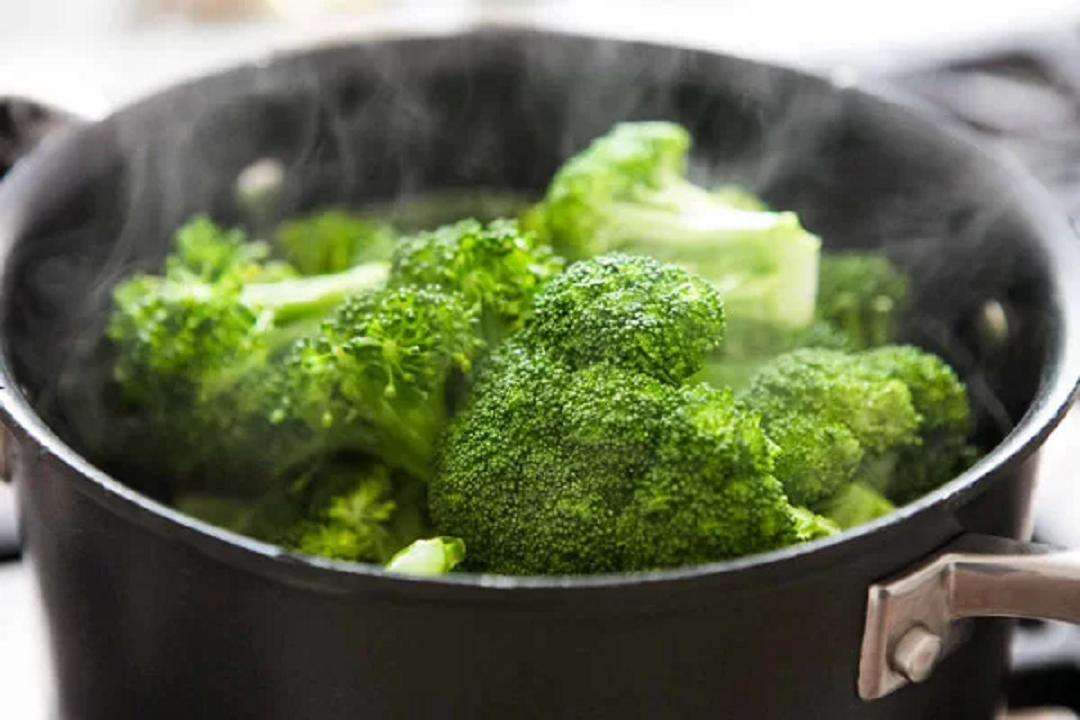
Boiling vegetables is a familiar task, but not everyone knows how to keep them looking and tasting their best. (Illustration)
– Add oil to the boiling water: When boiling vegetables, adding a bit of oil to the water can save you time in the cooling process later. The oil creates a thin layer on the vegetables, making them look shinier and helping them stay fresh for longer. However, this method may result in a slight oily film on the water, so it’s up to personal preference whether to use it or not.
– Include vinegar or lemon juice: Typically, for every 1-1.5 liters of water, add about 2 teaspoons of lemon juice or vinegar (rice, apple, etc.). Wait for the water to come to a gentle boil, then add the lemon juice or vinegar and wait for it to reach a rolling boil before adding your vegetables. This will enhance the color of your veggies, especially the red and orange ones like carrots and beets. The lemon also adds a fresh flavor to the vegetables.
– Don’t forget the salt: During the boiling process, add about 1 teaspoon of salt to every 1-1.5 liters of water. Wait for the water to come to a rolling boil before adding your vegetables. As soon as they’re cooked, remove them from the pot to prevent overcooking. The salt helps increase the boiling point of the water, speeding up the cooking process and keeping the vegetables crisp and vibrant. It also enhances the flavor of the veggies.
The Do’s and Don’ts of Boiling Vegetables
– Always wait for the water to come to a rolling boil before adding your vegetables. Putting them in cold or barely boiling water will lengthen the cooking process and make your veggies soft and soggy. Boiling vegetables at a high temperature also helps retain their nutrients.
– Let your vegetables air dry after boiling: Avoid transferring your vegetables directly from the pot to a storage container. Letting the excess water drain off will prevent your veggies from becoming slimy and spoiling faster.
– Don’t cover the pot when boiling vegetables: There are mixed opinions on whether to cover the pot when boiling vegetables. Some studies suggest that keeping the lid on is the best way to retain the most nutrients. However, doing so may result in longer cooking times and a loss of that vibrant green color as the acids and chlorophyll in the vegetables react to the heat.
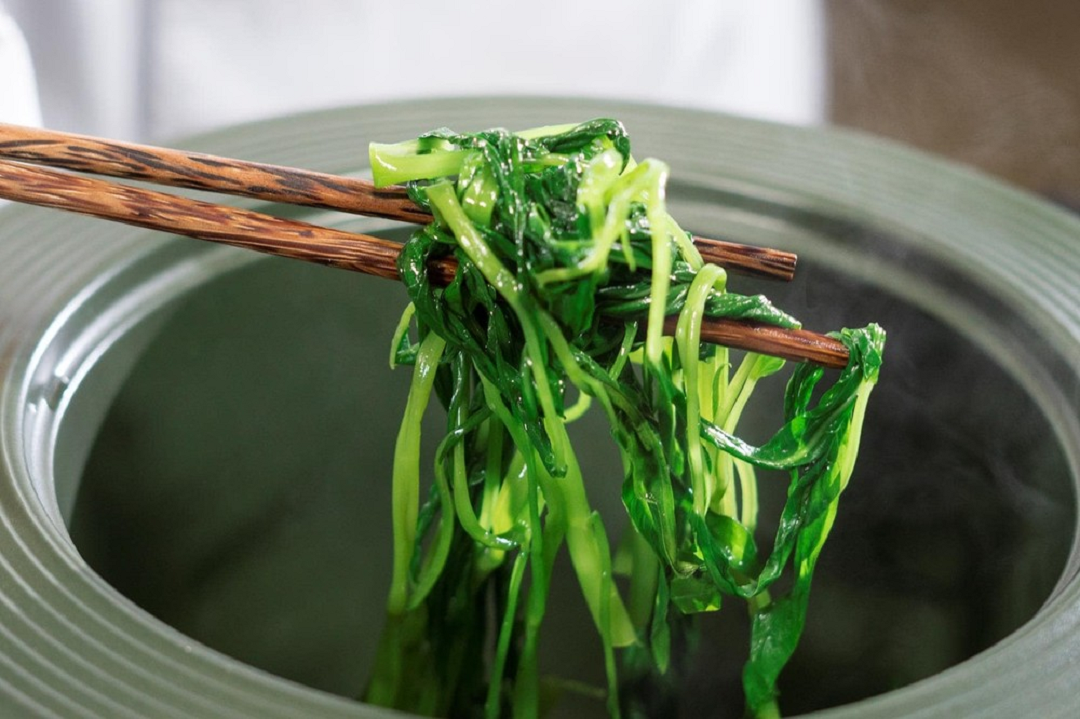 Boiled vegetables are a healthy addition to any meal.
Boiled vegetables are a healthy addition to any meal.
The Golden Cooking Times for Different Vegetables
When boiling vegetables, it’s essential to consider three factors: sufficient water, heat, and time. For larger, harder vegetables, it’s best to cut them into smaller pieces to reduce cooking time and retain more nutrients. Also, be gentle when washing your veggies to avoid crushing or breaking them, which can lead to nutrient loss.
– Leafy vegetables like cabbage, kale, and spinach: Boil for 3-5 minutes.
– Harder vegetables like broccoli, celery, peas, and sweet corn: Boil for 8-10 minutes.
– Very hard vegetables like pumpkin, turnips, and carrots: Boil for 12-15 minutes.
– Starchy vegetables like potatoes and sweet potatoes: Boil for 18-20 minutes.
To maximize the nutritional value of your boiled vegetables, try to eat them immediately after cooking. Research shows that boiled vegetables start losing their vitamins within an hour of cooking, and this loss accelerates over time. Vegetables left overnight will have significantly fewer nutrients remaining.
How Much Vegetables Should You Eat Daily?
According to PGS.TS Le Thi Bach Mai, adults should aim to consume around 300 grams of vegetables and 100-200 grams of fruit daily to meet their nutritional needs.
To achieve this, it’s recommended to eat vegetables multiple times throughout the day, up to five times a day. Fruits are best eaten between meals, and vegetables or salads should be included in lunch and dinner. Drinking fruit and vegetable juices is also a great way to boost your intake, but be sure to also eat whole fruits to get enough fiber.
– Buy fresh vegetables and try to use them the same day to maximize their vitamin content.
– Rinse them under running water instead of soaking them to avoid washing away valuable vitamins.
– Cook your vegetables just enough, and use minimal water or oil to prevent the breakdown of vitamins due to high heat. Avoid reheating them multiple times.
According to Nguoi Dua Tin
10 Common Mistakes Everyone Makes When Cooking
 Cooking‘>
Cooking‘>Are you familiar with the most common blunders that people make in the kitchen? Learn about the unhealthy habits that could be holding you back from perfecting your culinary skills!
How to Steam Vegetables Without Water While Keeping Nutritional Quality
Are you looking for an efficient and nutritious way to cook your vegetables? XANH Appliances has the answer with two incredible methods of boiling vegetables without the need for water. Find out how to make the most of your vegetables with XANH Appliances!

























